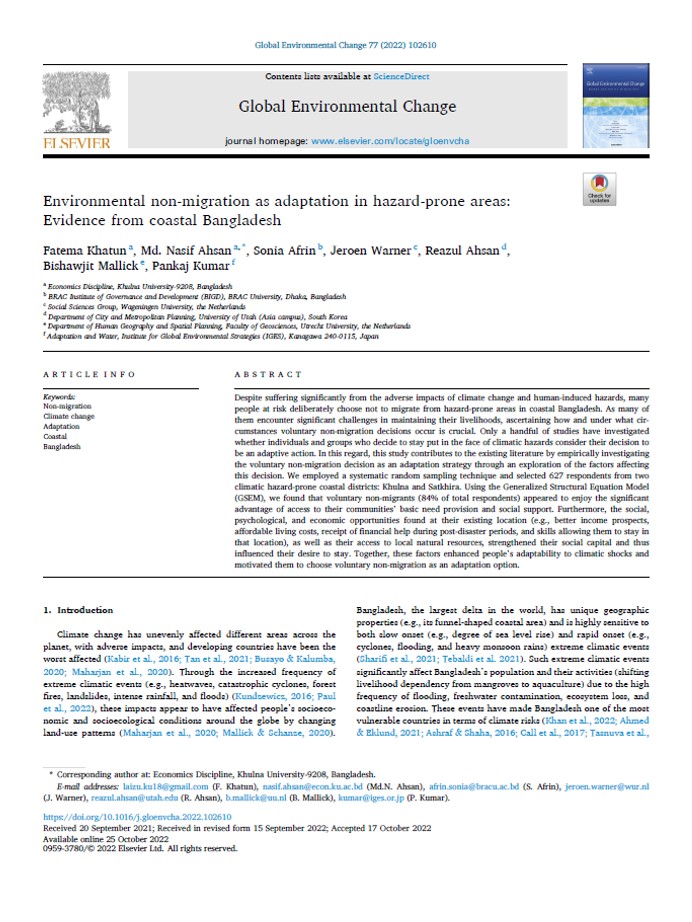In Earth
Amid global concerns regarding climate change and urbanization, understanding the interplay between land use/land cover (LULC) changes, the urban heat island (UHI) effect, and land surface temperatures (LST) is paramount. This study provides an in-depth exploration of these relationships in the context of the Kamrup Metropolitan District, Northeast...







